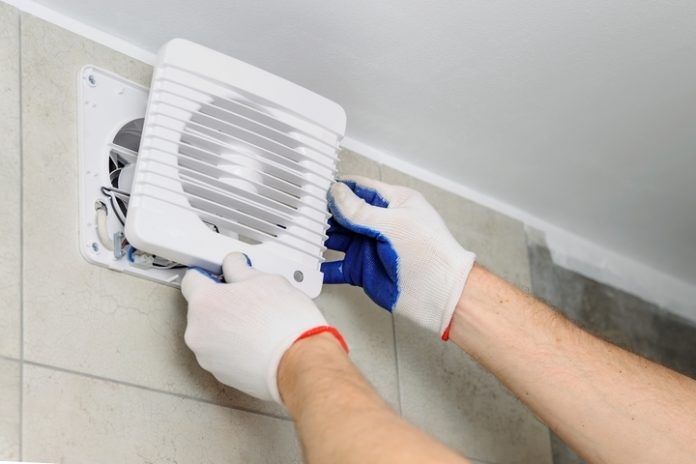Smart ventilation is critical to ensuring the health, safety, and viability of your space. That being said, there are so many different options available, some have special features and, of course, the technical details can confuse the best of us.
It’s important to keep in mind the basic function though, your fan is intended to move air from one place to another in order to remove dust, dirt, grease, or smoke.
In addition to fulfilling this primary task, there are probably some further factors unique to your situation that will help you make the right decision. Here are some aspects to consider that will help you choose the right model for you.
1. Location, location, location
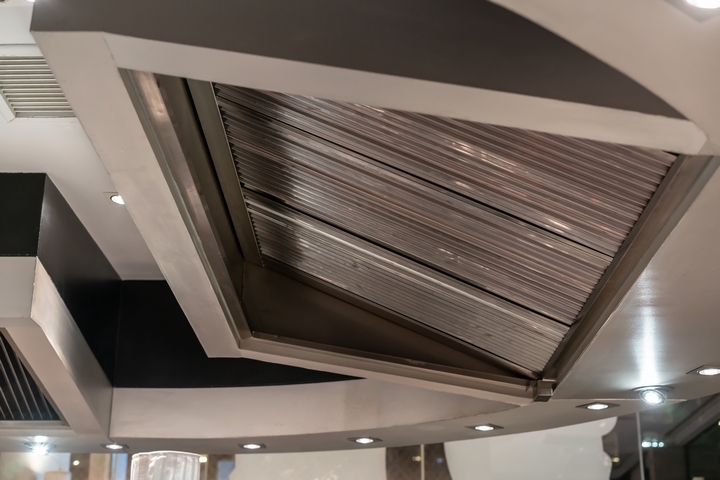
One of your first considerations before you set out to look for a fan, should be its placement within your space. Most models of commercial fans are designed for one of three placements: inline (in the duct), on the wall, or on the roof. Where the fan is placed affects the housing, accessories and often the cost associated with installation.
Also keep in mind that fan placement is dictated not only by the space you have available, but also fire or other building codes. For example, in commercial kitchens, you must vent cooking odors away from occupied space, keep this is mind because costs can add up quickly if you’re forced to draw upwards several stores.
2. Power Capacity
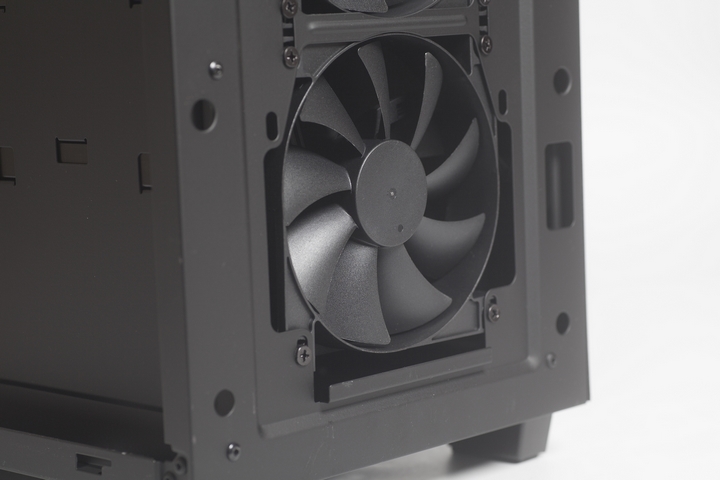
Speaking of drawing air up several stories, you need to know what kind of power you’re going to require from your exhaust fan. When assessing different models, know that the air volume flow rate is measured in cubic feet per minute (CFM). Depending on the needs of your operation, you will require a fan with a higher or lower CFM. Do some research to figure out industry standards and frame your search for the right fan around these numbers.
3. Loudness
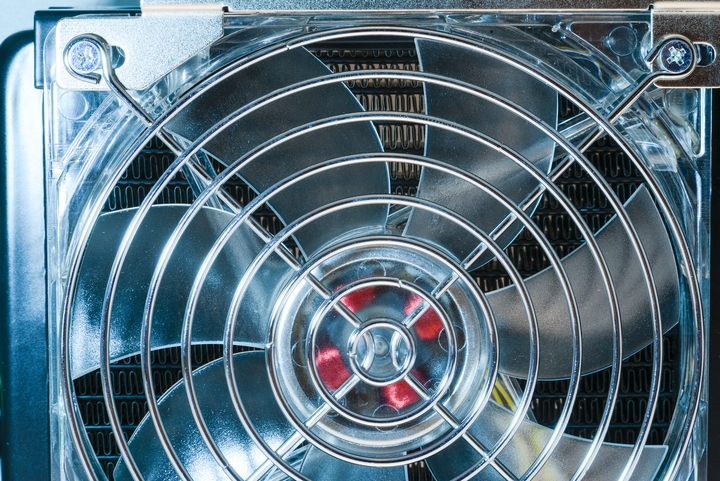
Related to location, you need to take into consideration the sound that your fan is going to generate. If you’ll be using the fan in a situation where noise is going to be a concern, make sure you check the sone rating on each fan you consider. The sone rating will tell you the noise a fan is going to produce.
Sones are an internationally recognized linear measurement equivalent to 40 phons. To give you an idea, an average refrigerator has a loudness of about 1 to 2 sones and a typical residential bathroom exhaust fan is about 2 to 5 sones.
4. Energy Efficiency
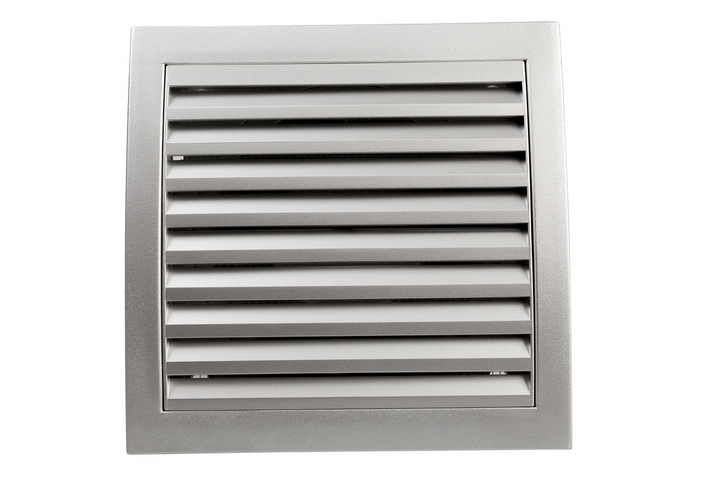
The CFM of your fan will also influence how closely you need to consider its energy efficiency. Due to the fact that fans with a higher CFM will be dealing with more intense air resistance, or static pressure, they need to be more energy efficient. If not, you’ll find yourself with an underpowered motor that is likely to wear out fairly quickly and require frequent maintenance. It will also be wasting energy, unnecessarily upper energy costs across the board.
5. Belt drive or direct drive?
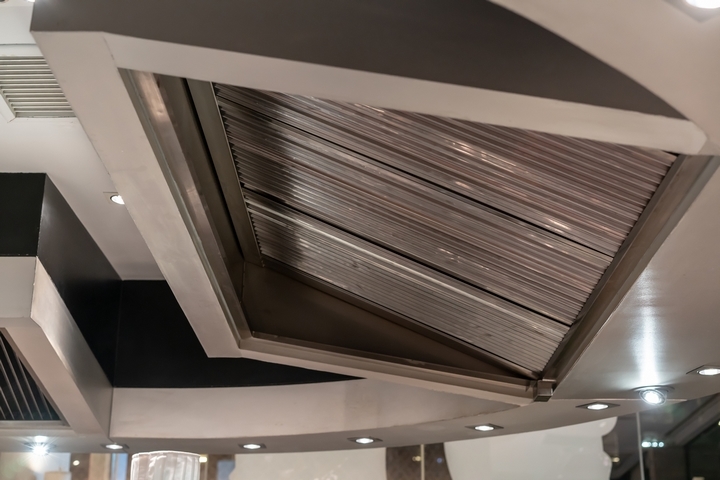
Depending on the amount of air you need to move, you’ll need to decide between a belt drive or a direct drive fan. The major difference between belt drive and direct drive fans is whether the motor is in the air stream. With a belt drive fan, a belt and pulley system attached to the motor shaft powers the machine.
In contrast, a direct drive fan has the fan blades or wheels connected directly to the shaft. When considering which is best for you, keep in mind that belt drive exhaust fans use stronger and higher speed motors and can adjust to variable speeds due to the fact that the motor operates outside the air stream. That being said, maintenance of a belt drive system is more complex than a direct drive system.

